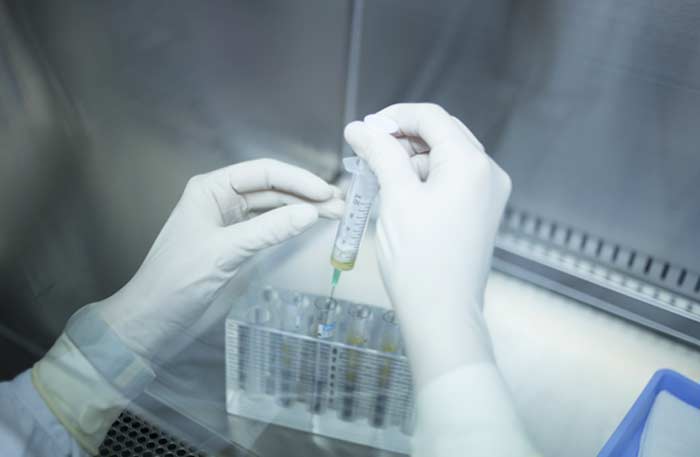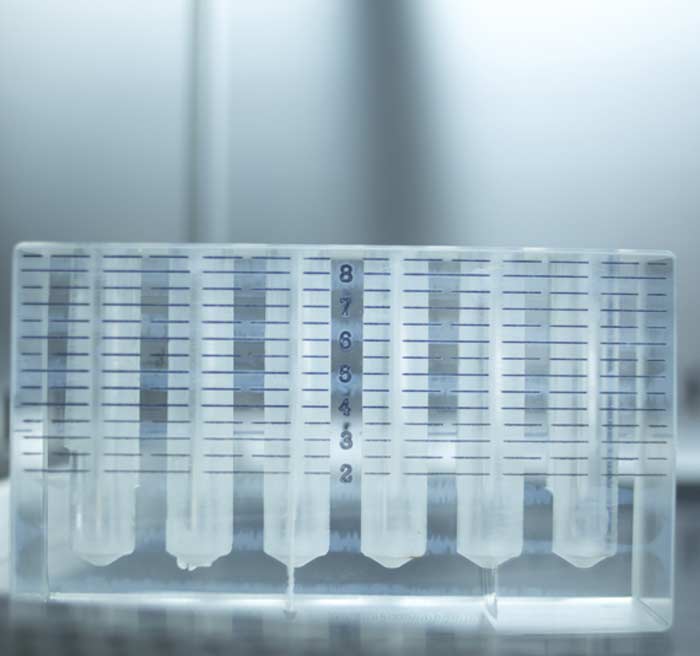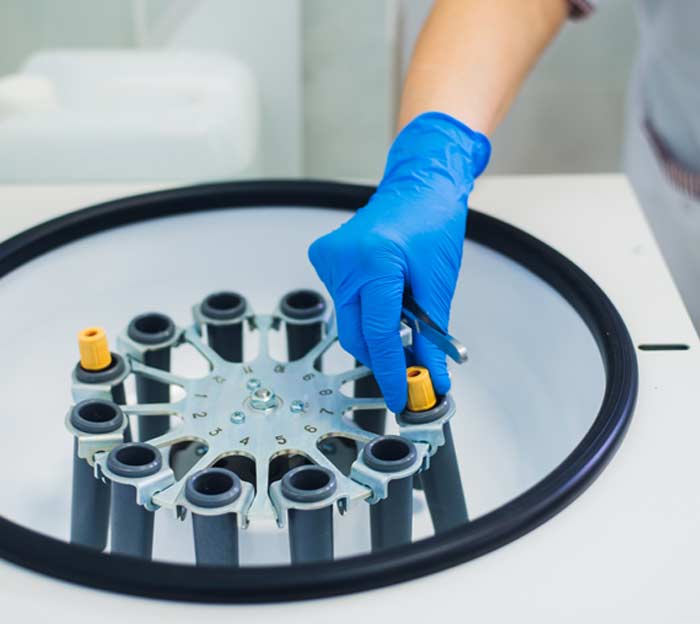
Platelet rich plasma is a revolutionary therapy for pain relief.
Administrated as an injection, platelet rich plasma (PRP) is a specially prepared mixture created from a patient’s own blood with an excessively high concentration of platelets. PRP therapy first gained notoriety because of its use by both professional athletes and weekend warriors to speed up the healing and recovery process with conditions involving pain, inflammation, and swelling. It’s also a treatment that’s increasingly being used to help patients manage pain from other sources as well, including numerous spine-related conditions and joint disorders.
What Is Platelet Rich Plasma?
Normally, blood is comprised mostly of plasma. It also contains various solid components, such as red and white blood cells and platelets. Best known for their role in the clotting process, platelets also contain naturally occurring substances known as growth factors that help with the healing of tissues. PRP is a mixture of plasma that includes 5-10 times as many platelets and growth factors than what’s normally in a blood sample.
How Is PRP Created?
The creation of PRP is a painless process that starts with the collection of blood in a way that’s similar to what’s done with a typical blood test. The blood is then placed into a device called a centrifuge that spins it at a very high speed. After red blood cells are discarded, what’s left is platelet rich plasma.


What Conditions May Be Treated with PRP?
PRP therapy tends to work best on chronic tendon injuries. However, platelet rich plasma injections may also produce beneficial results when used on patients with rotator cuff injuries, hamstring and hip strains, carpal tunnel syndrome and similar nerve entrapment syndromes, and osteoarthritis affecting knees, hips, shoulders, and other joints. PRP injections may also facilitate the healing of the following injuries or conditions:
- Sacroiliac (SI) joint dysfunction
- Repetitive stress conditions such as tennis elbow
- Facet dysfunction and pain in the lower back or neck
- Patellar tendonitis, knee sprains, and knee instability
- Plantar fasciitis and Achilles tendonitis
How Are Injections Given?
Usually completed in less than an hour, the injection process starts with the collection of a blood sample and the mixture preparation. It is then injected into the affected area. If PRP is being used to treat areas around the spine, the injection is administered with guidance provided by a special type of live X-ray called a fluoroscopy. Ultrasound-guidance is often used when injections are placed in tendons, ligaments, or joints to ensure proper placement. A local anesthetic is sometimes used to numb the injection site to improve patient comfort.
What Happens After PRP Treatment?
Results from platelet rich plasma injections will vary based on the condition or injury being treated. On average, patients begin to notice significant improvements within 4-6 weeks. The relief experienced with PRP treatment often allows patients to actively participate in customized physical therapy programs that may further improve function and ease pain. It’s also advised to avoid over-stressing the affected area during the healing process.
Generally, treatments involving platelet rich plasma are considered safe because patients’ own blood is used, which means there’s no risk of allergic reactions or issues with compatibility. There is a slight risk of infection or nerve damage, although such issues are rare. Discomfort around the injection site may be temporarily experienced, but it may be relieved with an ice pack. However, anti-inflammatory medications should be avoided since such drugs may impede the body’s healing process.
